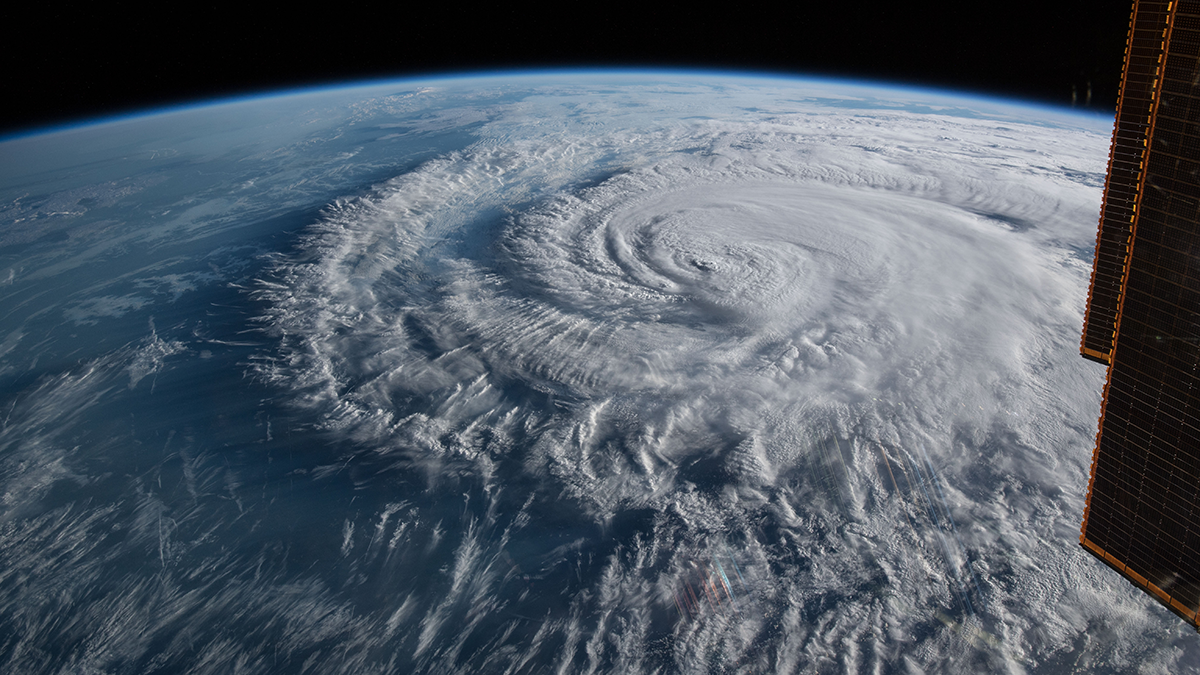A new study finds that the minimum sea level pressure, as another measure of hurricane strength, is a better predictor of hurricane damage in the United States than the maximum sustained wind speed.
Jonathan Zawislak
Associate Editor, Journal of Geophysical Research: Atmospheres

